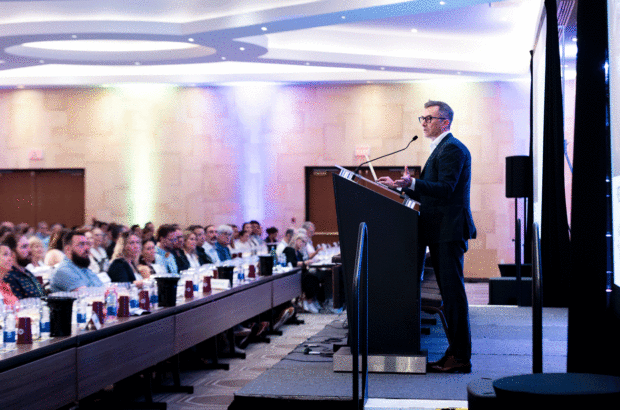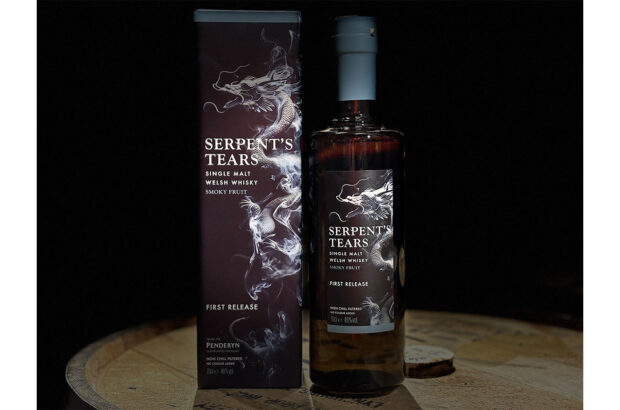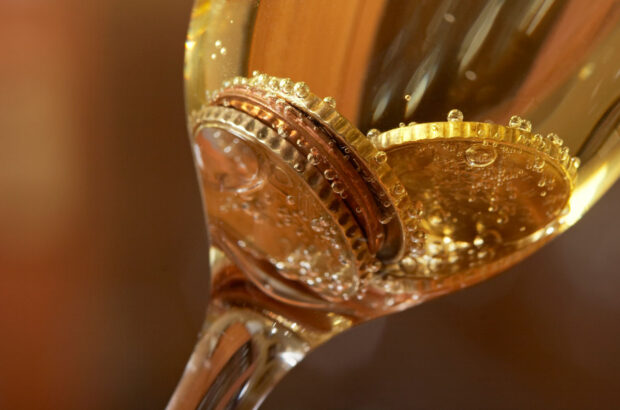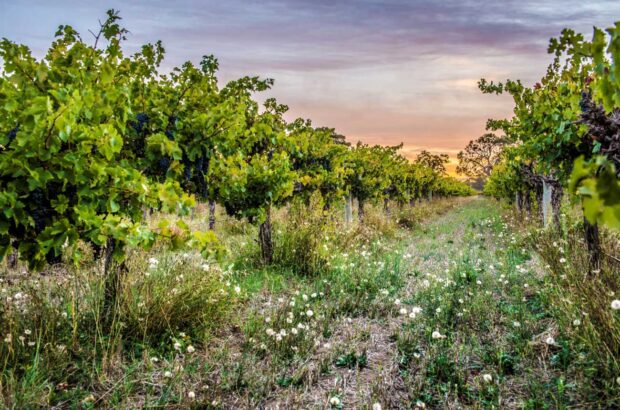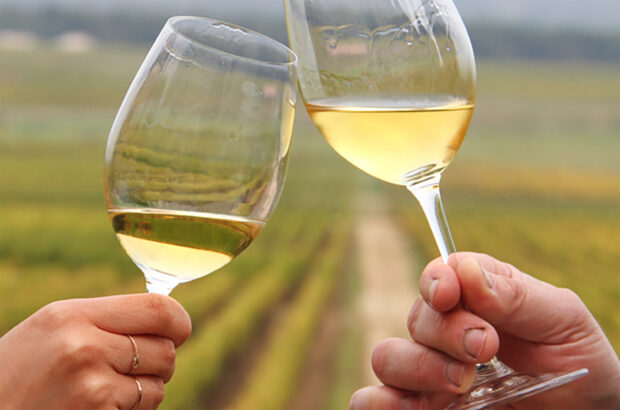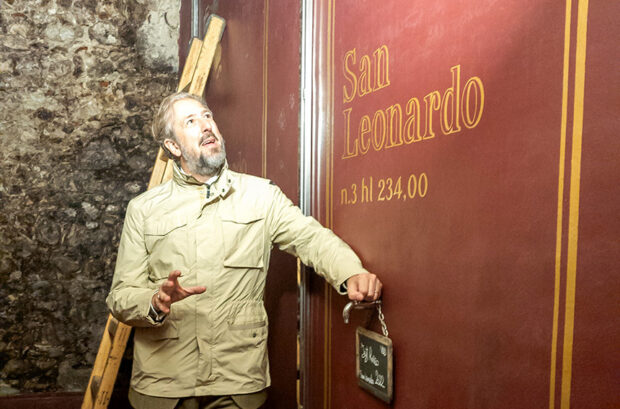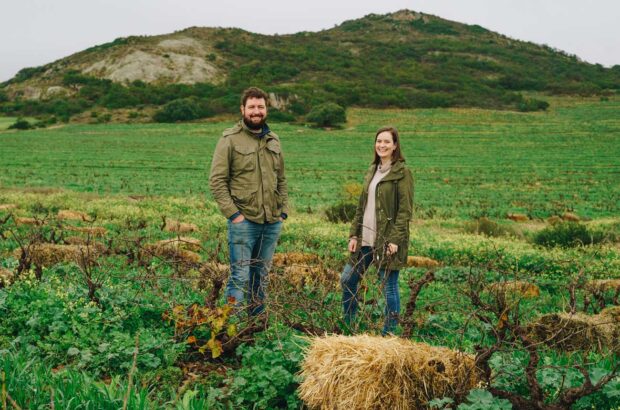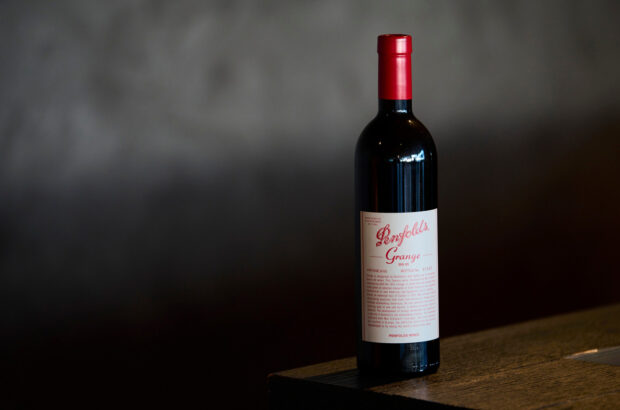Decanter's Christelle Guibert attended the Musar masterclass at November's Decanter Fine Wine Encounter, tasting wines stretching back to 1974...
Wine has been made in Lebanon for more than 6,000 years, but in the modern era its wines were unheard of on the international wine scene – until the pioneering work of Serge Hochar of Chateau Musar.
Over the course of a winemaking career spanning more than fifty years, and undeterred by the backdrop of the 15 year Lebanese war (1975-1990), Serge produced a series of stellar wines, transforming the profile of the country in the process.
Scroll down to see Christelle’s tasting notes from the masterclass
Musar’s story begins in the 1920s, when Serge’s father, Gaston, left for France to study medicine and in the process discovered a real love for wine.
Upon his return in 1930 he founded Chateau Musar. When his son Serge took over in 1959, winemaking remained the same – a non-interventionist ‘natural’ style, vinified with wild yeasts and using minimal sulphur. All now very fashionable, but back then natural wine was unheard of.
The concept of blending
When Gaston Hochar started out he had no red grapes, as phylloxera had ravaged them all, and the only grapes left were white.
However, a friendship with Major Ronald Barton of châteaux Leoville and Langoa-Barton, in Bordeaux, inspired him to plant Cabernet Sauvignon.
As Serge’s son, Marc, admitted, ‘Cabernet has a masculine structure; we use Cabernet but we want to hide it. When it is young, it has too much tannin and it stays on the fruit for a very long time, so you have to wait many years before it can develop. But you need Cabernet for the ageing ability’.
With 300 hours of sunshine a year, he also needed a grape resistant to heat, and so Gaston introduced Cinsault, which brings a floral element to the blend.
It is these two grape varieties that form the base of all the red wines produced here.
Continue reading below
Chateau Musar wines at the masterclass:

The evolution of the whites is particularly clear to see.
Divisive
Chateau Musar makes characterful and distinctive wines, whose style can divide opinions. The wines are made naturally, often with high levels of volatile acidity and/or brett, which can be seen as an imperfection for some or as a living element for others.
They can differ immensely from vintage to vintage too: some years, such as 1999, can bring to mind Bordeaux, while other years, such as 1974, are more Burgundian. Yet others are reminiscent of northern Rhône.
During the 1960s, Serge kept back 50% of the production; he already knew they had the potential to age incredibly well, and today Chateau Musar has stock of well over one million bottles in their cellars in Ghazir.
These are legendary wines, born in a country which, for Marc, ‘is not part of the new world or the old world, but part of the ancient world’.



